Forgotten Species: Javelina
Thursday, December 26th, 2019This is Passport to Texas
Javelina, also called Collared Peccary, is a Texas native and lives in scrubby and arid regions of the state. Similar to hogs in appearance, they are not related. But mistaken identity doesn’t change their value in the ecosystem.
Javelina play a great role in nature, because they are an additional prey species for some of the predators out there.
Texas Parks and Wildlife biologist Froylan Hernandez explains why it’s important to keep track of the Javelina population.
Having Javelina out on the landscape is a sign of a healthy ecosystem. When you see declining populations that could also be a sign of declining habitat or degrading habitat and so they play an important role not just as a prey species but also an indicator of a good healthy system.
While Javelina act as an important indicator species, Froylan believes Javelina don’t always get the respect they deserve.
I like to call them the forgotten species, because they are seen often times as a pest or a nuisance species. You know they deserve the same type of respect as lets say a big whitetail would or a big mule deer.
Javelina have gained a stable population in Texas. Perhaps they’ll gain a little more respect as well.
The Wildlife Restoration program supports our series and funds Javelina research in Texas
For Texas Parks and Wildlife…I’m Cecilia Nasti.
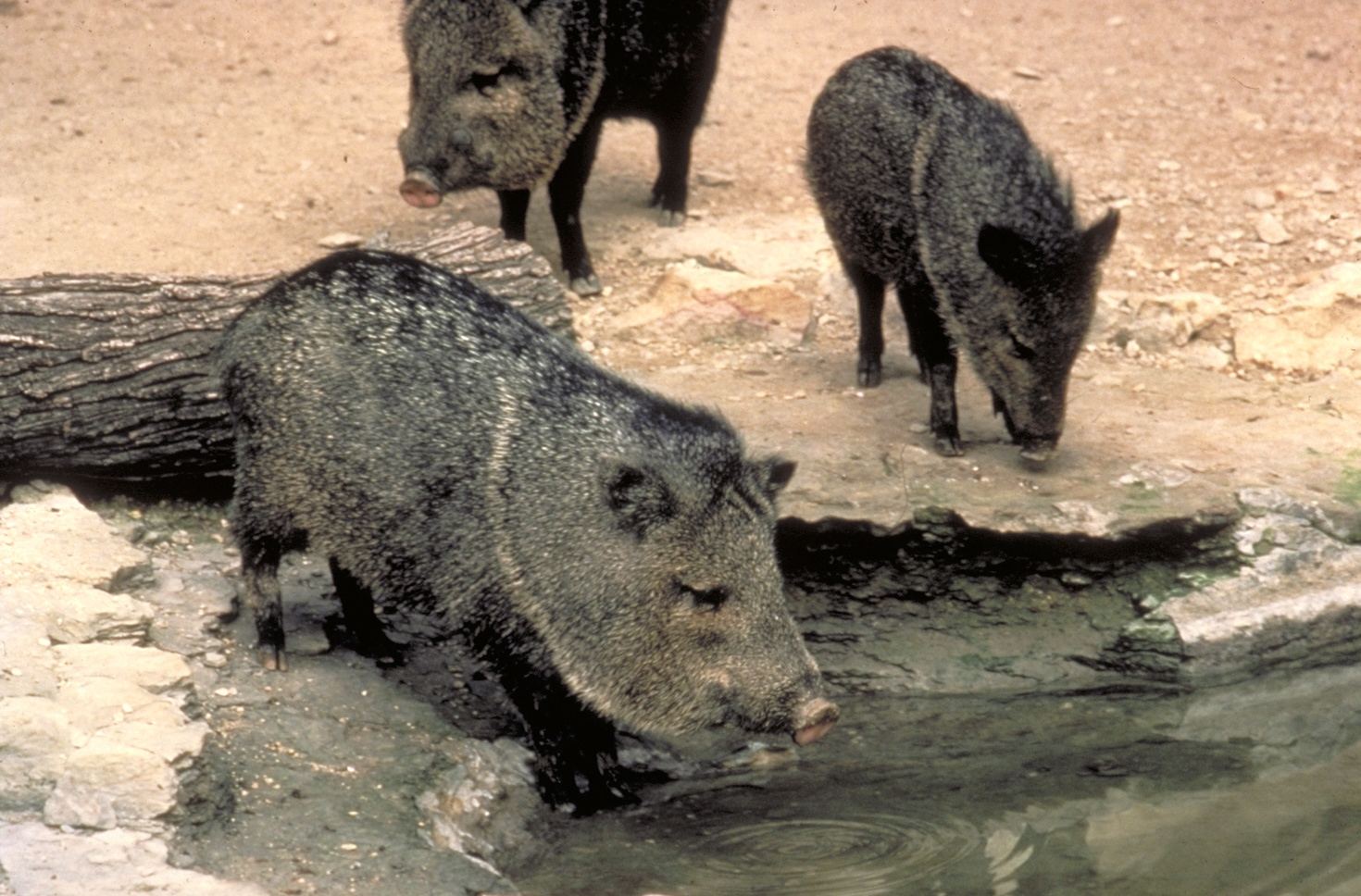

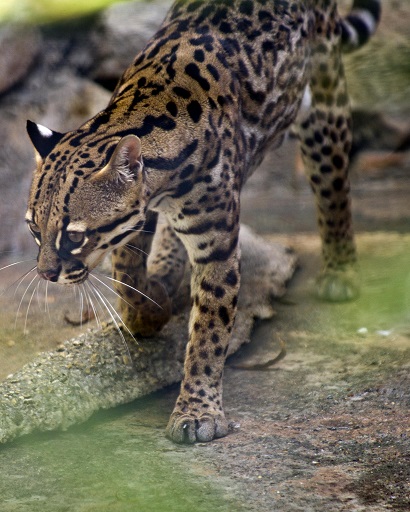
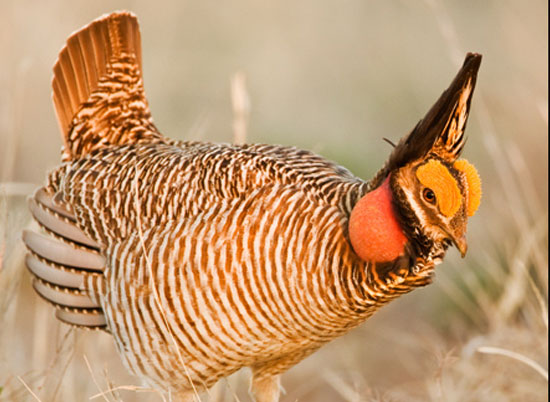
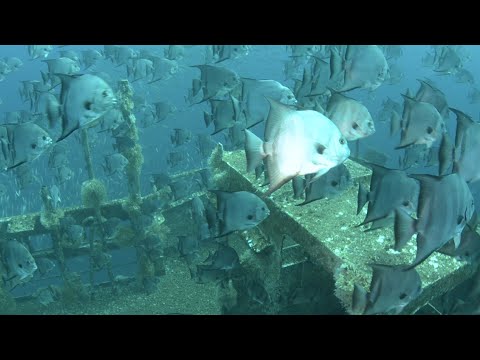
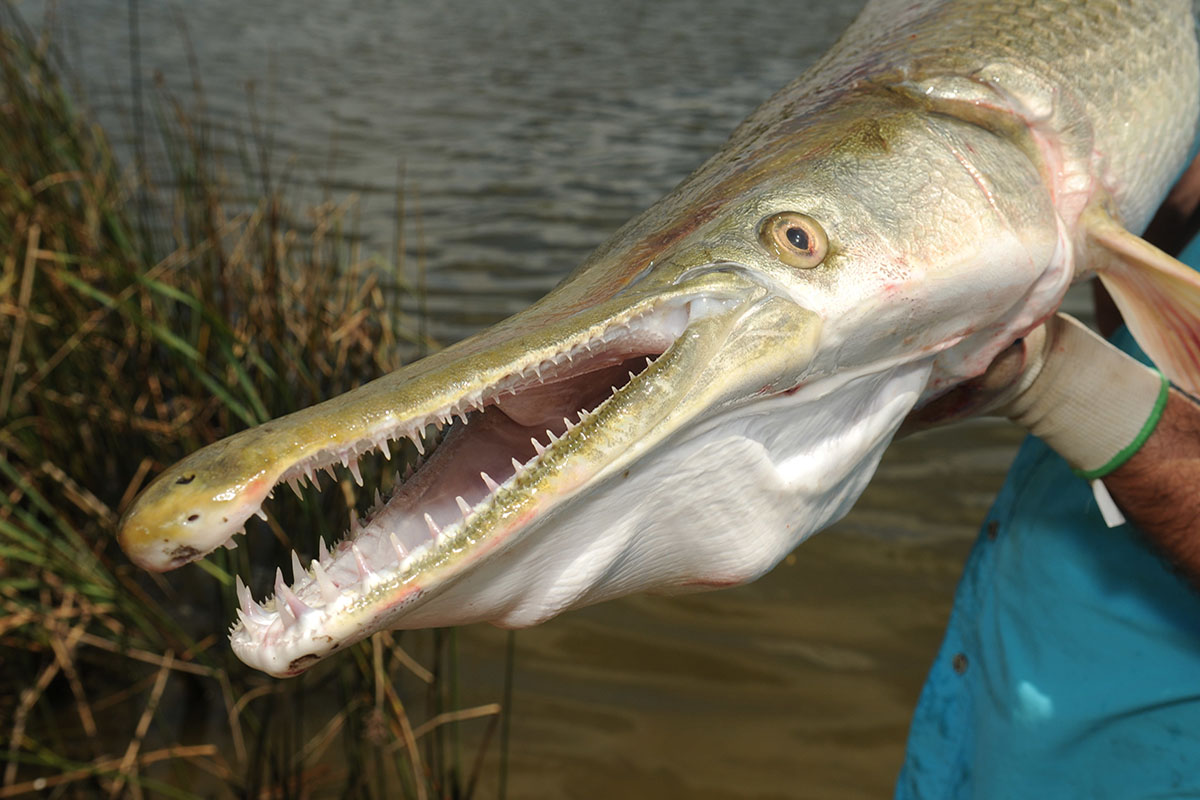

 Passport to Texas is a
Passport to Texas is a  Passport to Texas is made available by:
Passport to Texas is made available by: